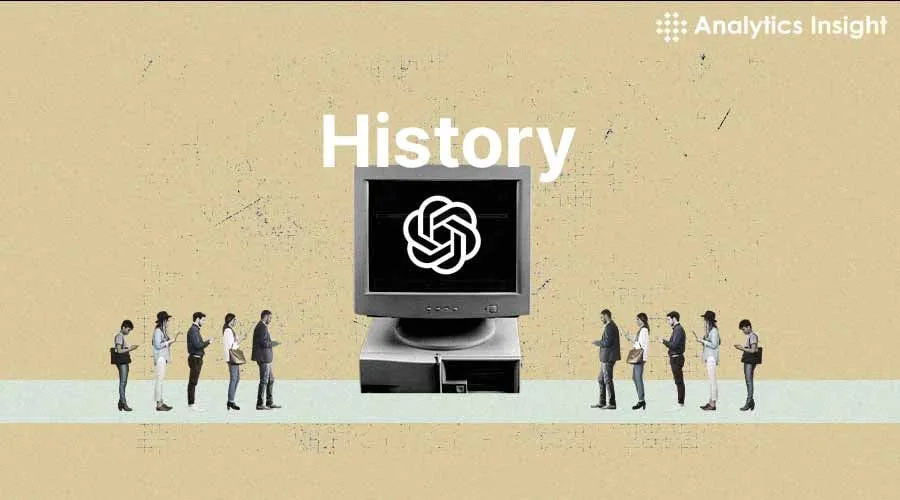ChatGPT History: A Journey Through Artificial Intelligence and NLP Development

Early Foundations in Artificial Intelligence
The origins of ChatGPT stem from a more general family of technologies known as artificial intelligence (AI), conceived in the 1950s. AI was first introduced by John McCarthy at the Dartmouth Conference in 1956, laying the groundwork for future developments. From the late 1960s to the early 1980s, significant strides were made in rule-based and expert systems, enabling computers to perform specific problem-solving tasks. However, natural language processing remained largely unattainable at that time.
The Evolution of Natural Language Processing
Through the 1980s, NLP began to evolve as new models were introduced. Earlier systems were rigid, lacking the ability to fully grasp natural language communication. The 1990s and early 2000s saw improvements as machine learning methods were integrated, enhancing language comprehension. The rise of deep learning around 2010 marked a turning point, leveraging advanced computational power and data to develop models that could learn from input.
The Emergence of GPT (Generative Pre-trained Transformer)
ChatGPT had its precursor in the Transformer model introduced by Google in 2017, revolutionizing NLP by allowing computers to process entire sentences rather than just individual words. OpenAI launched the first GPT model in 2018, demonstrating the potential of large-scale pre-training for various language tasks. The introduction of GPT-2 in 2019 with 1.5 billion parameters showcased exceptional text generation capabilities, igniting discussions on AI's evolving role in society.
The Rise of ChatGPT
In 2020, OpenAI released GPT-3, the most powerful language model at that time, boasting 175 billion parameters. This model could perform a vast range of tasks, generating sophisticated text and engaging in natural conversations, setting the stage for ChatGPT. This fine-tuned version excelled in interactive dialogues, creating a more intuitive user experience.
This article was prepared using information from open sources in accordance with the principles of Ethical Policy. The editorial team is not responsible for absolute accuracy, as it relies on data from the sources referenced.